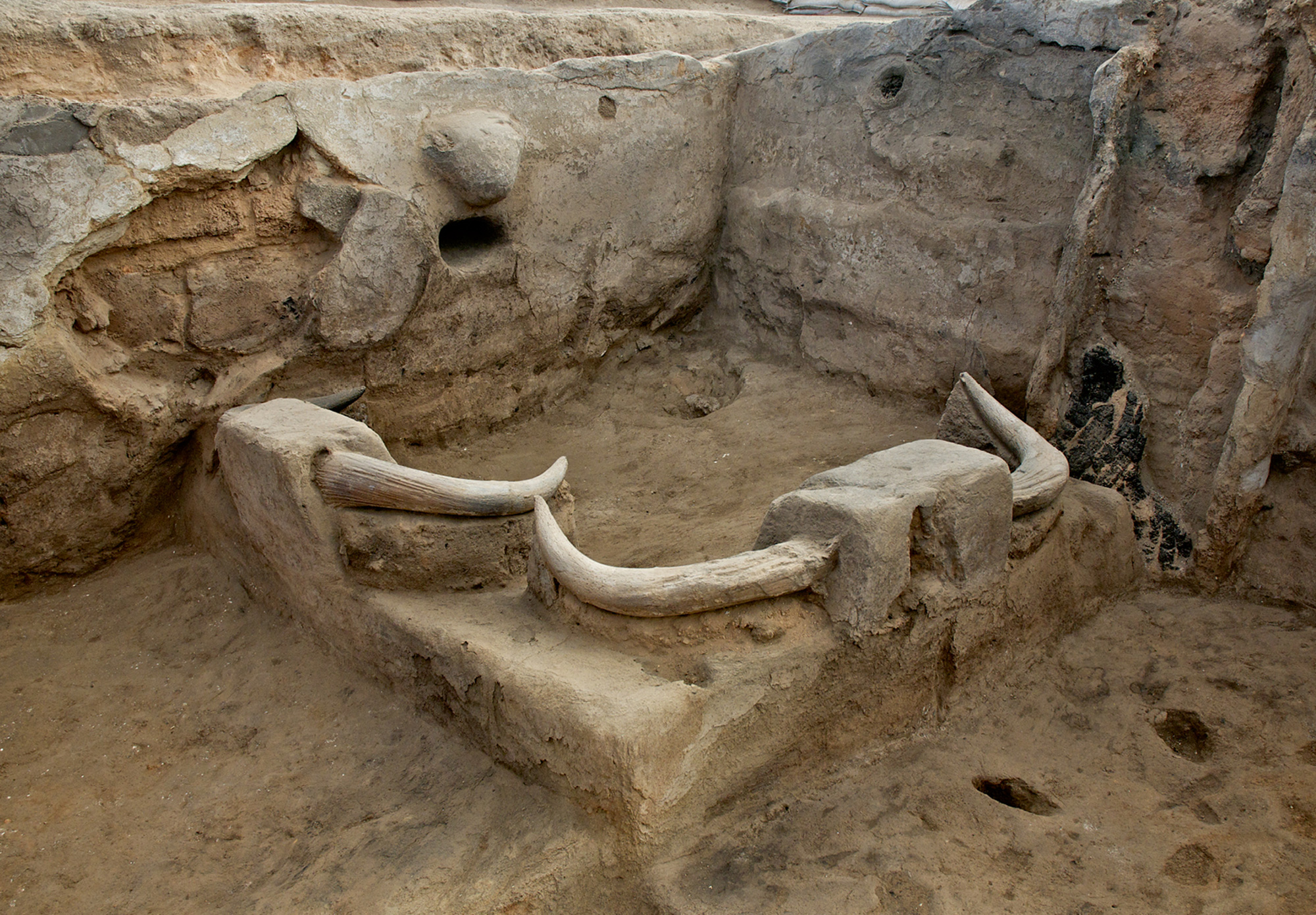Neolithic Joy: An Interview with Ian Hodder
The culture of celebration at Çatalhöyük
Christopher Turner and Ian Hodder

How did celebratory practices emerge in the first human settlements? What qualified as an act of celebration? And how did the complex relationship between ritual and celebration manifest itself in early social formations? The answers to such questions must be teased out of the relatively scant material remains of the Neolithic period. Since 1993, Ian Hodder—Dunlevie Family Professor in the Department of Cultural and Social Anthropology at Stanford University—has been excavating and conserving Çatalhöyük, an important Neolithic site in modern Turkey that was made a UNESCO World Heritage Site in 2012. The subject of Hodder’s book The Leopard’s Tale: Revealing the Mysteries of Çatalhöyük (Thames & Hudson, 2006), the nine-thousand-year-old site—considered crucial to understanding the early development of agriculture and civilization—has an unusually rich artistic record, much of it related to the population’s colorful rituals surrounding death and the killing and eating of animals, both domestic and wild. Christopher Turner spoke to Hodder by phone.
Cabinet: We’re doing an issue on celebration, one definition of which might be rituals or festivals that gather communities, and I thought that by looking at Çatalhöyük, we might learn more about the early formations of celebratory practices. Could you describe this Neolithic settlement and give us some understanding of its significance?
Ian Hodder: Çatalhöyük is on the Anatolian Plateau, in what is now central Turkey, and it was occupied from about 7400 BC to 5500 BC. We think that at most about 3,500 to 8,000 people lived there, although it shifted quite a lot in size and structure through time. Archaeologists consider it important in terms of the origin of agriculture and of settled life, because it’s very large and very well preserved and is rich in art and symbolism, which gives a real insight into the lives of people in this important time period. Archaeologists have dug many Neolithic tell sites, but most of them contain evidence of houses, tools, ovens, hearths, and so on without so much evidence of the more cultural, symbolic world in which people thought and lived. The whole range of paintings, figurines, and other artifacts at Çatalhöyük gives us a much better insight into their world.
The inhabitants seem to have had peculiar rituals surrounding the dead; they often lived above the graves of their family members, whose bodies they sometimes covered in scat or buried next to lambs. They also exhumed the heads of some of these corpses. Can you describe such rites and the conclusions you’ve drawn from them?
Çatalhöyük is unusual in a number of ways. The houses were very tightly packed and there were no streets; people moved around on the roofs of houses and entered by a ladder that effectively went down the chimney. The ladder was positioned over the oven, so people would go down through the smoke into the house, which was relatively dark. And in that lower space, there was a lot of very elaborate symbolism. For example, bulls’ heads and horns were placed on walls or on pedestals, or they would make paintings on the walls of pairs of leopards, large bears with their arms and legs lifted up, or vultures removing the heads of human corpses. The insides of these houses were very rich in a wide range of symbolism, and a lot of that symbolism seems related to the dead.
As you say, people buried their dead in the floors of their houses; some of the houses contain few or no bodies, while others have dozens buried beneath them—it seems that people were preferentially buried in certain “ancestral houses.” And although all this might seem very strange to us, there are ethnographic accounts of similar sorts of practices, for example in Polynesia. These sorts of things tend to occur in societies where family and lineage are crucial—where membership in a social group depends on your lineage relationships with founding ancestors, and looking after ancestors and being close to them is very important. At Çatalhöyük, we know that when people died, they were carefully tied up into a sort of bundle and put into these small graves below the floors of the houses. And they would either be left there, or people would later dig up their heads and circulate them within the family clan; sometimes they would also use plaster to model facial features back onto the skull. They would look after them and keep them in their houses for quite some time before burying them again, always in a new location. It all seems very strange to us, but it makes sense in a society of that type.